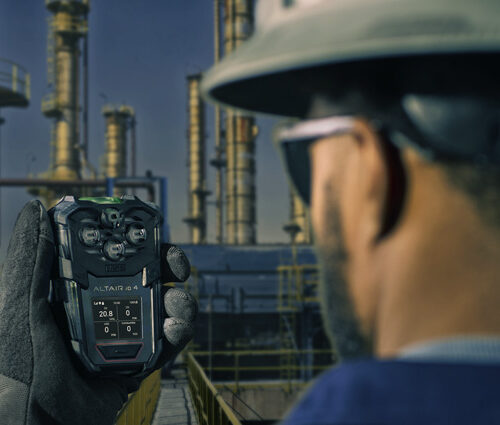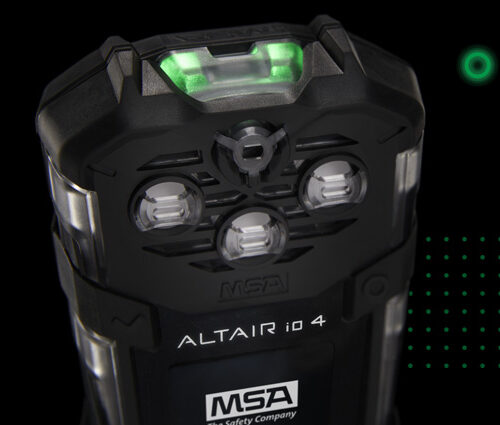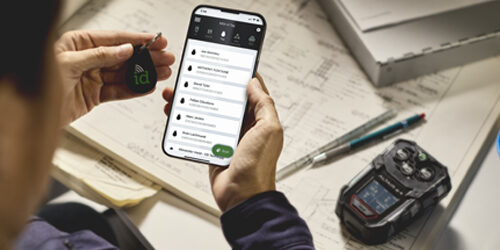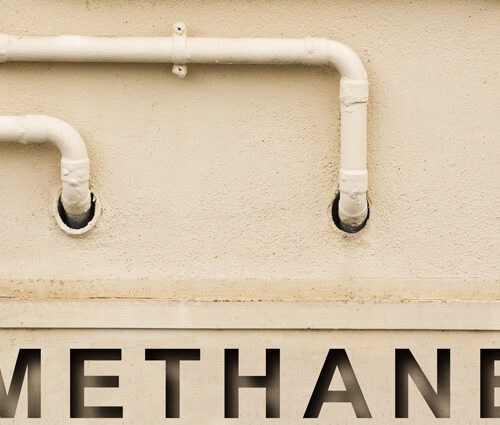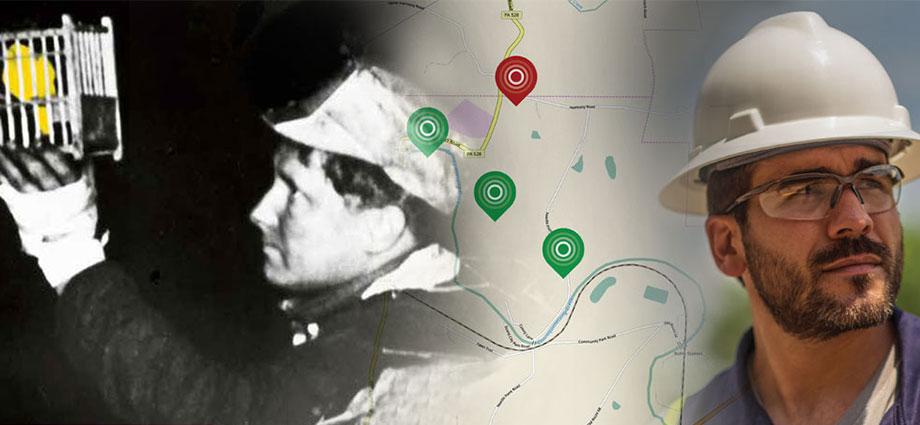
Canaries can be found in a variety of warm, tropical places. From lush jungles to balmy islands, they seem to love warmth and sunshine. Of all the places you would expect to see a canary, one of the last would be in the dark, cool depths of a coal mine. Yet this habitat was commonplace for the bird for nearly all of the 20th century. Perched in a tiny wooden cage, the canary accompanied miners down the darkest shafts, serving as an early warning system against the invasion of toxic gases. Quite simply, if the bird stopped chirping, fainted or died, it was time for the miners to exit. While “more humane” gas detection methods predate the canary by nearly 100 years, none seemed as reliable. It wasn’t until a better understanding of the inherent dangers in mining, coupled with the advent of new technologies, that the reliance on the canary started to lessen. The yellow bird received its final pink slip in 1986. Yes, 1986.
Like most technology in the last 30 years, advancements have occurred at an incredible rate. What was state-of-the-art in the 80s would appear quite rudimentary today. Take your home, for example. The “antique” video game consoles and hard-wired phones have given way to fully-connected houses where owners can control everything from their smart phone. You can start your coffee in the morning and set your alarm at night without ever getting up. Fortunately, homes are not the only places to benefit from these advancements. New digital technologies have revolutionized gas detection, helping to make the devices smarter, faster and safer. More importantly, they provide better insight and data, which enables safety managers to make better decisions.
A good safety manager must be focused. They must have visibility into worker safety and be accountable for a myriad of variables, many of which they cannot easily control. In order to be compliant with safety regulations, however, control is what they must have. Details matter.
Studies show that it takes around 23 minutes to get back on track after an interruption. These numbers add up during the course of a day, a week, or a year. Interruptions common to gas detection may include:
Additionally, compliance is more important than ever. Standards, and the penalties for not meeting them, can lead to immeasurable losses of time and revenue. A safety manager can easily get overwhelmed.
So with all this technology, isn’t there a way to better manage these challenges?
Fortunately, the answer is YES.
Cloud-based systems are revolutionizing gas detection. In the last several years, more and more organizations are pushing items to the cloud. Infrastructure is becoming way too costly and IT teams want to focus on more strategic initiatives rather than every day maintenance.
As a manager responsible for worker and plant safety, you should ask yourself the following questions:
- How important is it for me to be able to proactively mitigate risk and work to prevent injuries…before they happen?
- How beneficial will it be if I can evacuate individuals regardless of where they are…or where I am?
- How much time will I save if you can bump test and calibrate instantly?
- What would it mean if I could monitor and analyze trends in real time?
- How can I manage multiple sensors, on multiple workers at multiple locations without sacrificing safety or standards?
The answer is in the clouds. Cloud-based gas detection means that a device in Toronto can be monitored by a person in Texas. A responder can react instantly and accordingly when an alarm sounds. Faster reaction comes from better access to data, which helps make better decisions.
Better access allows you to pinpoint problem areas and identify trouble spots. You can use cloud-based information to create a safer work environment and proactively address worker accountability, from bump tests and calibration to worker locations and instant alert signaling. You can even identify opportunities for better training.
A few things to consider when readying for the implementation of networked gas detection system:
Who needs what and where? What challenges does location X face that location Y doesn’t?
They need to address cloud, security and other technical questions before implementation.
Many times the boots on the ground see things differently than those writing the checks.
Much to the delight of the canary, technology will continue to advance and evolve. Managers in today’s workforce cannot be dependent on a clipboard and worker accountability. They must be able to proactively address issues and manage problems on-the-go. Learn more about the latest gas detection technology innovations here.


